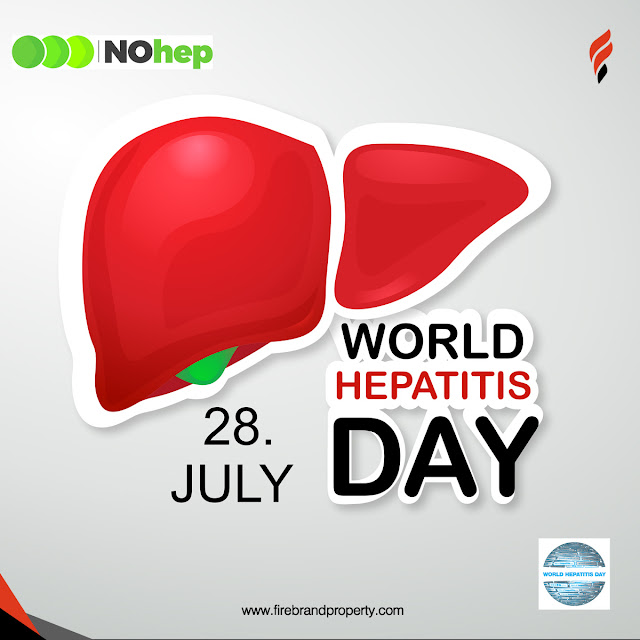What do you know about hepatitis?
Today is world hepatitis day. As the world marks today, it is
important that we understand what hepatitis really is, how it affects our
lives, the facts and figures about it, and how we can protect ourselves from
it, so we can live longer and more fulfilling lives.
WHAT IS HEPATITIS:
Viral hepatitis is
liver inflammation brought about by a virus. It may present in acute (recent
infection, relatively rapid onset) or chronic forms.
The most common causes of viral hepatitis are the five
unrelated hepatotropic viruses hepatitis A, hepatitis B, hepatitis
C, hepatitis D, and hepatitis E.
While the most common types Hepatitis A and hepatitis
B can be prevented by vaccination, or treated when they occur, effective
treatments for hepatitis C are available but expensive.
FACTS AND FIGURES ABOUT HEPATITIS
In 2013 about 1.5 million people died from viral hepatitis. Most
deaths are due to hepatitis B and hepatitis C. East Asia is the region of
the world most affected.
As at 2015, 325 million people were living with chronic
hepatitis infections.
Globally, 1.3 million people died of hepatitis in 2015.
95% of people with hepatitis C can be cured within 2 – 3 Months.
At the 69th World Health Assembly in Geneva, 194
governments adopted WHO’s global strategy on Viral Hepatitis, which includes a
goal of eliminating hepatitis B and C in the next 13 years. The community
launched NOhep, a global movement aimed at eliminating viral hepatitis by 2030.
Data from 28 countries representing approximately 70% of the
global hepatitis burden, reveals that nearly all 28 have established high-level
national hepatitis elimination committees, with more than half of them matching
their words with action by allocating funding for hepatitis treatment.
HOW TO STAY HEPATITIS
FREE
1. AWARENESS
Safety starts from awareness. It is important that we all are
aware of the existence of hepatitis, their types, how they spread/are
contracted. Hepatitis A and E are usually spread through contaminated food or
water, as it is usually excreted through the feces of an infected person.
Hepatitis B, C and D are primarily spread through contact with infected blood.
Sexual transmission is common in hepatitis B.
2. VACCINATION
Hepatitis A and B both have vaccinations for them. It is therefore very
important that children above a year old get vaccinated.
3. HYGIENE
Maintaining high hygiene standards reduces the risks of contracting hepatitis A
and E. We need to ensure our hands are always washed, raw edible fruits
thoroughly washed before consumption, and that we only drink clean water. We
also need to abstain from sharing sharp objects, as well as stay away from
blood and body fluids of people infected with hepatitis B.
4. SAFE SEX
Sex seems to be a constant with most diseases today. Hepatitis
is no exception. Particularly with hepatitis B, casual and unprotected sex puts
one at risk of infection. Sex with multiple partners or between two men also
greatly increases the risk of infection.
5. TRAVEL PRECAUTIONS
Understanding where hepatitis is rampant enables us take
precautionary measures when we are travelling to countries where it is
prevalent. Places like Eastern Europe, Mexico, parts of Africa, Asia and
Central and South America are hot-spots. This means that when we traveled to
the identified hot-spots, we ensure we do not expose ourselves to factors in our
host environment that can increase our chance of contracting hepatitis.





Comments